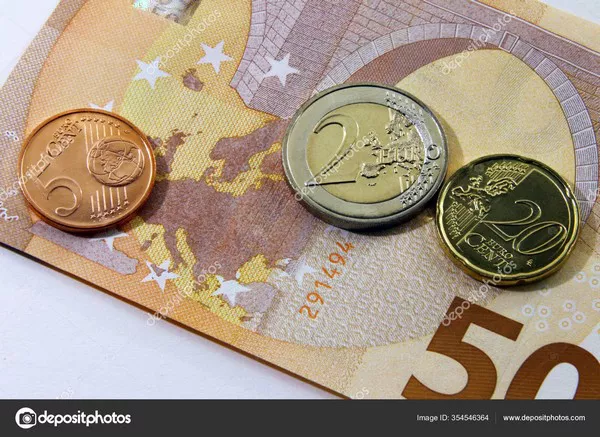The foreign exchange market is a dynamic and complex system where currencies from different countries are traded. Among these currencies, the Euro has consistently demonstrated strength against the US Dollar, leaving many investors and economists intrigued by the factors contributing to this trend. In this article, we will delve into the key reasons behind the Euro’s strength relative to the Dollar.
Economic Indicators and Performance:
One of the primary factors influencing the Euro’s strength is the economic performance of the Eurozone compared to the United States. Economic indicators such as GDP growth, employment rates, and manufacturing output play a crucial role in determining the strength of a currency. Over the past few years, the Eurozone has exhibited resilient economic growth, outpacing the United States in certain periods. Robust economic performance has bolstered confidence in the Euro, attracting investors seeking stable and profitable opportunities.
Trade Surplus and Current Account Balance:
The Eurozone consistently maintains a trade surplus, exporting more goods and services than it imports. This surplus contributes to a positive current account balance, indicating a strong economic foundation. In contrast, the United States often faces a trade deficit, importing more than it exports. The Euro’s strength can be attributed, in part, to the Eurozone’s ability to maintain a favorable trade position, which supports the currency’s value and attracts international capital.
European Central Bank (ECB) Monetary Policy:
The European Central Bank plays a crucial role in shaping the economic landscape of the Eurozone. The ECB’s monetary policy decisions influence interest rates and liquidity in the financial system. Unlike the Federal Reserve, the ECB has maintained a more cautious and conservative approach to monetary policy. This has contributed to a stable economic environment, fostering investor confidence and supporting the strength of the Euro.
Political Stability and Governance:
Political stability is a fundamental driver of currency strength. The Eurozone benefits from a unified currency shared by multiple countries, fostering stability and reducing the risk associated with individual nations. Additionally, the political governance structure within the Eurozone ensures coordination and collaboration among member states, enhancing overall stability. In contrast, the United States has faced periods of political uncertainty and polarization, contributing to fluctuations in the value of the Dollar.
Diversification and Global Reserve Currency:
The Euro has become an attractive alternative to the US Dollar as a global reserve currency. Central banks and sovereign wealth funds around the world increasingly diversify their currency holdings by including the Euro in their reserves. This diversification is driven by the desire to reduce dependence on a single currency, mitigating risks associated with currency fluctuations and economic downturns. As the Euro gains prominence on the global stage, its strength relative to the Dollar is further solidified.
Market Perception and Investor Sentiment:
Perceptions and sentiments in financial markets play a pivotal role in determining currency strength. Positive economic data, effective policymaking, and overall confidence in the Eurozone contribute to a favorable perception of the Euro among investors. In contrast, concerns about the US fiscal deficit, political instability, or economic challenges may lead to a more cautious approach towards the Dollar. Market sentiment can create self-fulfilling prophecies, influencing currency values based on collective beliefs and expectations.
See Also Why Euro Price Is Falling?
Inflation Differentials:
Inflation differentials between the Eurozone and the United States impact the relative strength of their respective currencies. Central banks closely monitor inflation rates and adjust monetary policy accordingly. If inflation in the Eurozone remains in check compared to the United States, the Euro’s purchasing power increases, leading to a stronger currency. This dynamic is closely tied to the ECB’s commitment to maintaining price stability and controlling inflation, reinforcing the Euro’s resilience against the Dollar.
Conclusion:
The strength of the Euro against the US Dollar is a multifaceted outcome driven by a combination of economic, political, and monetary factors. The Eurozone’s robust economic performance, trade surplus, prudent monetary policy, political stability, and growing global prominence collectively contribute to the Euro’s resilience. As the global economic landscape continues to evolve, understanding these factors becomes essential for investors, policymakers, and anyone involved in international trade. While the Euro’s strength is not static and subject to fluctuations, a comprehensive analysis of the aforementioned factors provides valuable insights into the current dynamics shaping the currency’s relative position against the Dollar.


